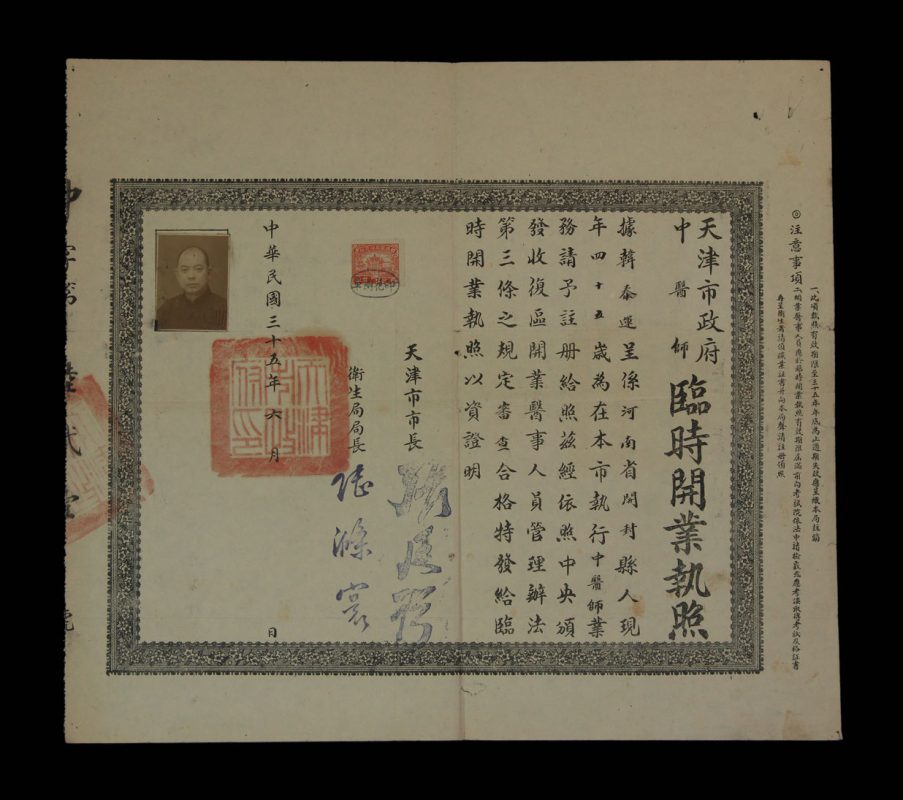Uncategorized
A Guide to Chinese Antique Appreciation: The Code of Civilization Spanning a Thousand Years
Chinese antiques are not only witnesses to history but also the crystallization of art. From porcelain and jade to calligraphy, paintings and bronze wares, each piece of collection carries a unique cultural connotation. This article will take you into the world of Chinese antiques, exploring their historical background, key points for identification and collection value.
I. Main Categories of Chinese Antiques
Porcelain: The art of clay and fire
Famous kilns of the Tang and Song Dynasties: The celadon of Yue Kiln is “like jade and ice”, and the white porcelain of Xing Kiln is “as white as snow”.
Ming and Qing Dynasty official kilns: Yongle Sweet white, Xuande Blue and White, Qianlong Enamel color, the peak of royal aesthetic.
Key points for identification: body quality, glaze color, inscriptions, and painting techniques (such as the blurring effect of the Su Ma Li green material in Yuan Dynasty blue and white porcelain).
2. Jade articles: Symbols of faith in Chinese civilization
Hongshan Culture Jade Dragon: The origin of the “Dragon Totem” in China.
The Han Dynasty jade disc: “The Cangbi is worshipped to Heaven”, with exquisite craftsmanship.
Qing Dynasty jadeite: The favorite of Empress Dowager Cixi, it became popular in the imperial court after being introduced from Myanmar.
Key points for identification: Jade quality (the warm and lustrous quality of Hetian jade), coloration (natural transition), and carving craftsmanship (flowing silk and hair carving).
3. Calligraphy and Painting: The spirit of scholars in the brush and ink
Emperor Huizong of the Song Dynasty’s “Auspicious Crane Painting” : The ultimate in meticulous flower-and-bird painting.
The ink-wash paintings of the Eight Eccentrics: Solitary, aloof and cold, with just a few strokes revealing the essence.
Key points for identification: the age of the paper, the style of brushwork and ink, and the inheritance of the seal (such as the Qianlong collection Seal).
4. Copperware: A symbol of power in the Bronze Age
Shang and Zhou bronze wares: The Simuwu Ding and the Four RAMS Square Vase, embodying sacrifice and royal power.
The Xuande furnace of the Ming Dynasty: a brass cast vessel with a skin color like chestnuts, an elegant item in the study of scholars.
Key points for identification: rust color (natural green rust), inscriptions (bronze script brushstrokes), and vessel shape (whether it conforms to the characteristics of the era).
5. Miscellaneous items: Stationery and folk artifacts
Bamboo and wood ivory and horn carvings: Delicate carvings of pen holders and fan ribs from the Ming and Qing dynasties.
Lacquerware and kesi: The “gold and silver flat stripping” technique of the Tang Dynasty and the “carved lacquer” technique of the Song Dynasty.
Coins and seals: Rust-colored patina on ancient coins, “One tael of Tianhuang is ten taels of gold”.
Ii. Current Situation of the Antique Market and Collection Suggestions
1. Popular collection trends
Ancient porcelain (before the Tang Dynasty) : It is highly scarce and its auction prices have repeatedly set new highs.
Literati ornaments: Small items such as pen washers and incense burners are favored by new collectors.
Returning cultural relics: Precious Chinese antiques often appear in overseas auction houses. It is necessary to pay attention to the legal procedures for returning them.
2. Beginner’s Guide to Avoiding Pitfalls
⚠️ Common counterfeiting methods:
Porcelain: Chemically aged and later inscribed (such as the random writing “Made in the Chenghua period of the Ming Dynasty”).
Jade articles: Dyed to pass off as ancient jade, using Qinghai materials to pass off as Hetian jade.
Calligraphy and painting: High-definition printing + hand-drawn strokes (detectable by ultraviolet lamp).
✅ Tips for getting started:
Start with specimen studies (such as porcelain shards and copper coins) to cultivate your “eyesight”.
Choose a reputable auction house or a seasoned collector for communication.
See more genuine items in museums and listen less to stories about finding bargains.
Iii. The Cultural Value and Inheritance of Antiques
Revival of craftsmanship: Modern artisans replicate the sky-blue glaze of Ru Kiln, passing on the time-breaking techniques.
Digital protection: 3D scanning is used to establish an antique database to prevent the loss of cultural relic information.
Cross-border innovation: The Palace Museum’s IP collaboration brings antique elements into daily life.
Conclusion
Chinese antiques are both frozen history and flowing art. Collecting is not merely an investment; it is also a spiritual practice of engaging in dialogue with the ancients.


